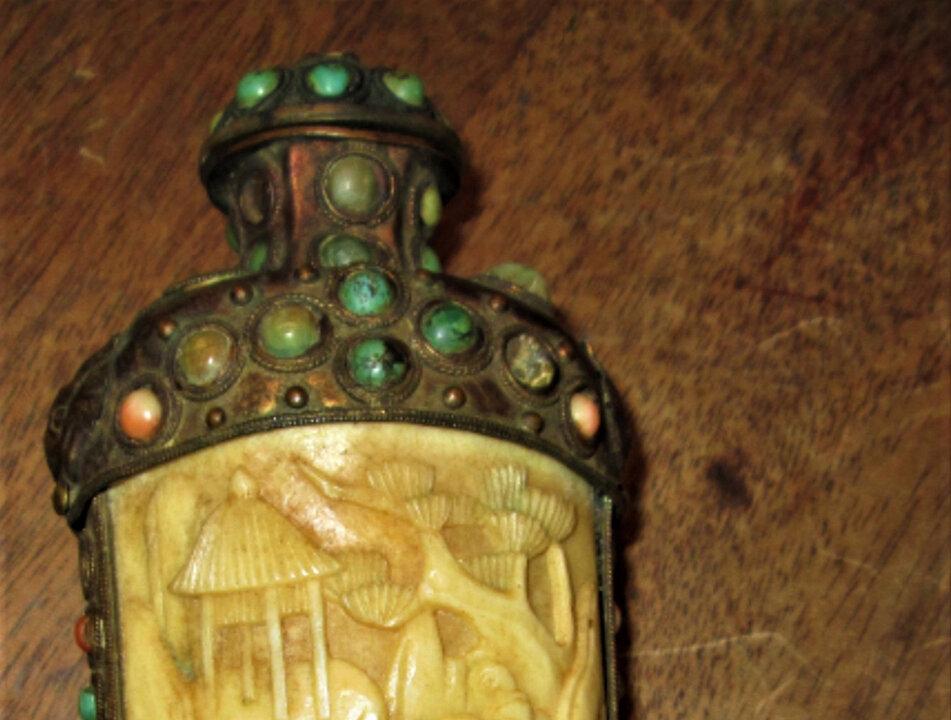By Helaine Fendelman and Joe Rosson
From Tribune News Service
Hi: Could you tell me what this is? I would also like to know how old it is and where it came from. Thank you, B. M.

Hi: Could you tell me what this is? I would also like to know how old it is and where it came from. Thank you, B. M.